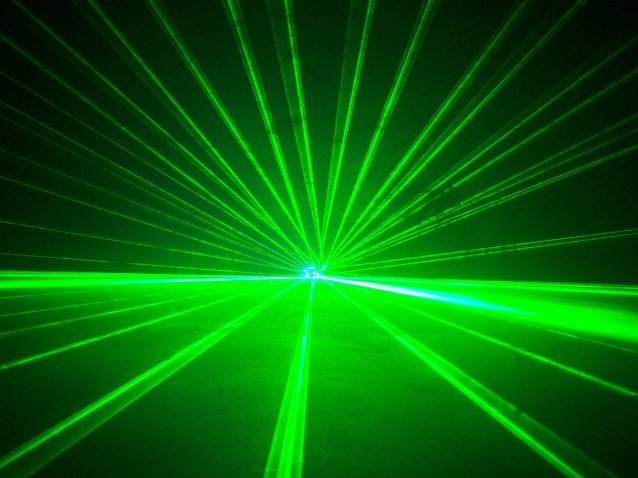World's smallest laser is for supercomputers
Nanoscale spaser opens door for computing, sensor and solar tech

Big missile-busting lasers get all the headlines, but it's small lasers that will revolutionise technology.
Researchers at Purdue University in Indiana have created the world's smallest lasers - just 44nm (billionths of a metre) across - tiny enough that a million of them could fit inside a single blood cell.
The new nanolasers could enable powerful optical computers that require a laser light source. Current lasers can't be made small enough to integrate them into electronic chips.
Small is beautiful
The new spherical lasers contain a gold core surrounded by a glasslike shell filled with green dye. When light is shone on the spheres, plasmons generated by the gold core are amplified by the dye. The plasmons are then converted to photons of visible light, emitted as a laser.
Conventional lasers are limited in how small they can be made because their feedback component for photons, called an optical resonator, must be at least half the size of the wavelength of laser light. The new 'spaser' (surface plasmon amplification by stimulated emission of radiation) uses surface plasmons (clouds of electrons) instead of photons to create a resonator less than a tenth the wavelength of the light they emit.
Nanophotonics may usher in a host of radical advances, including powerful hyperlenses for use in sensors and microscopes 10 times more powerful than today's, able to see objects as small as DNA; computers and consumer electronics that use light instead of electronic signals to process information; and more efficient solar collectors.
Sign up for breaking news, reviews, opinion, top tech deals, and more.